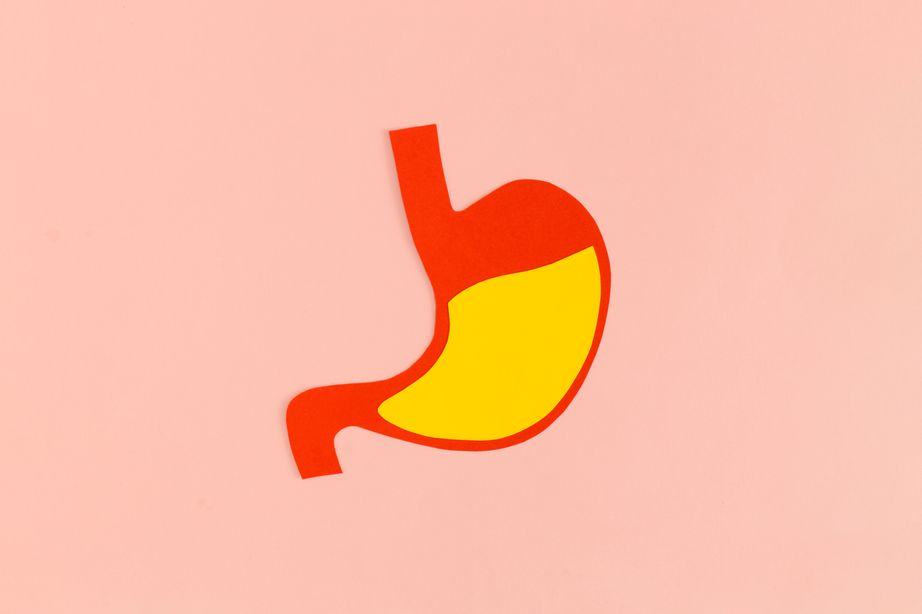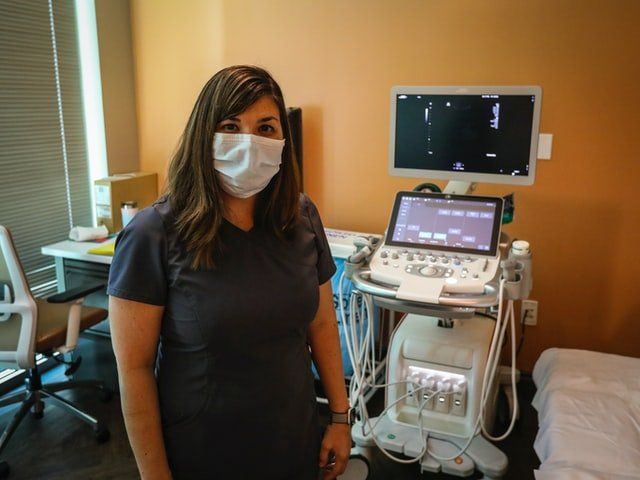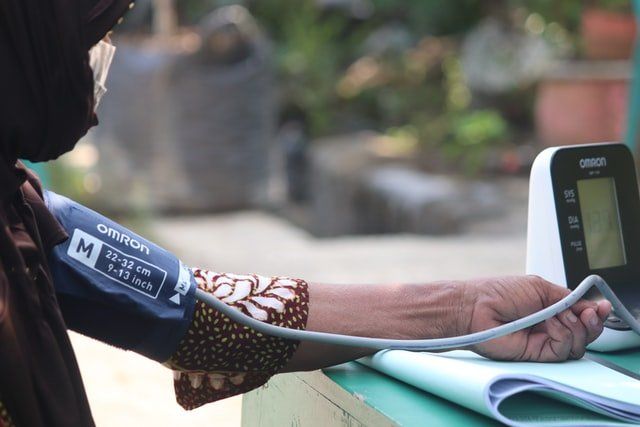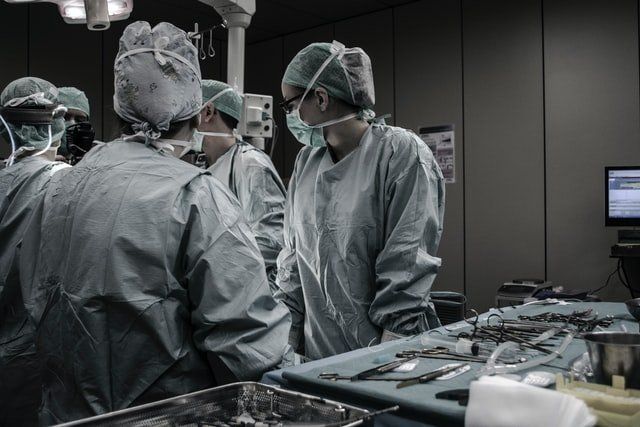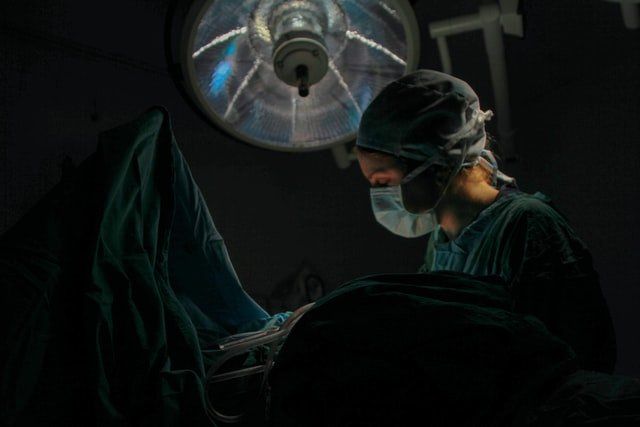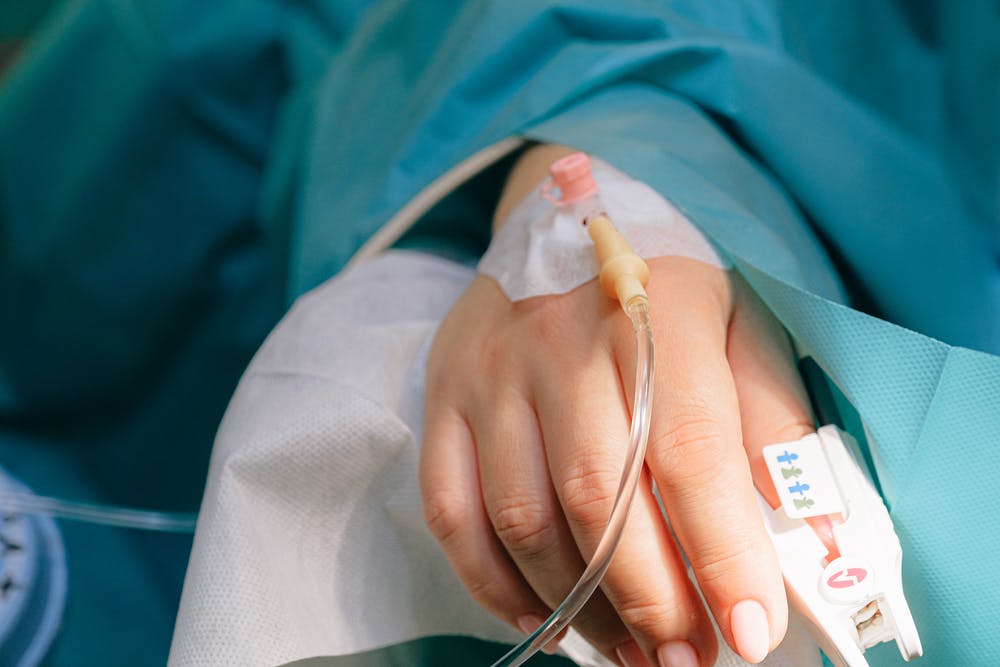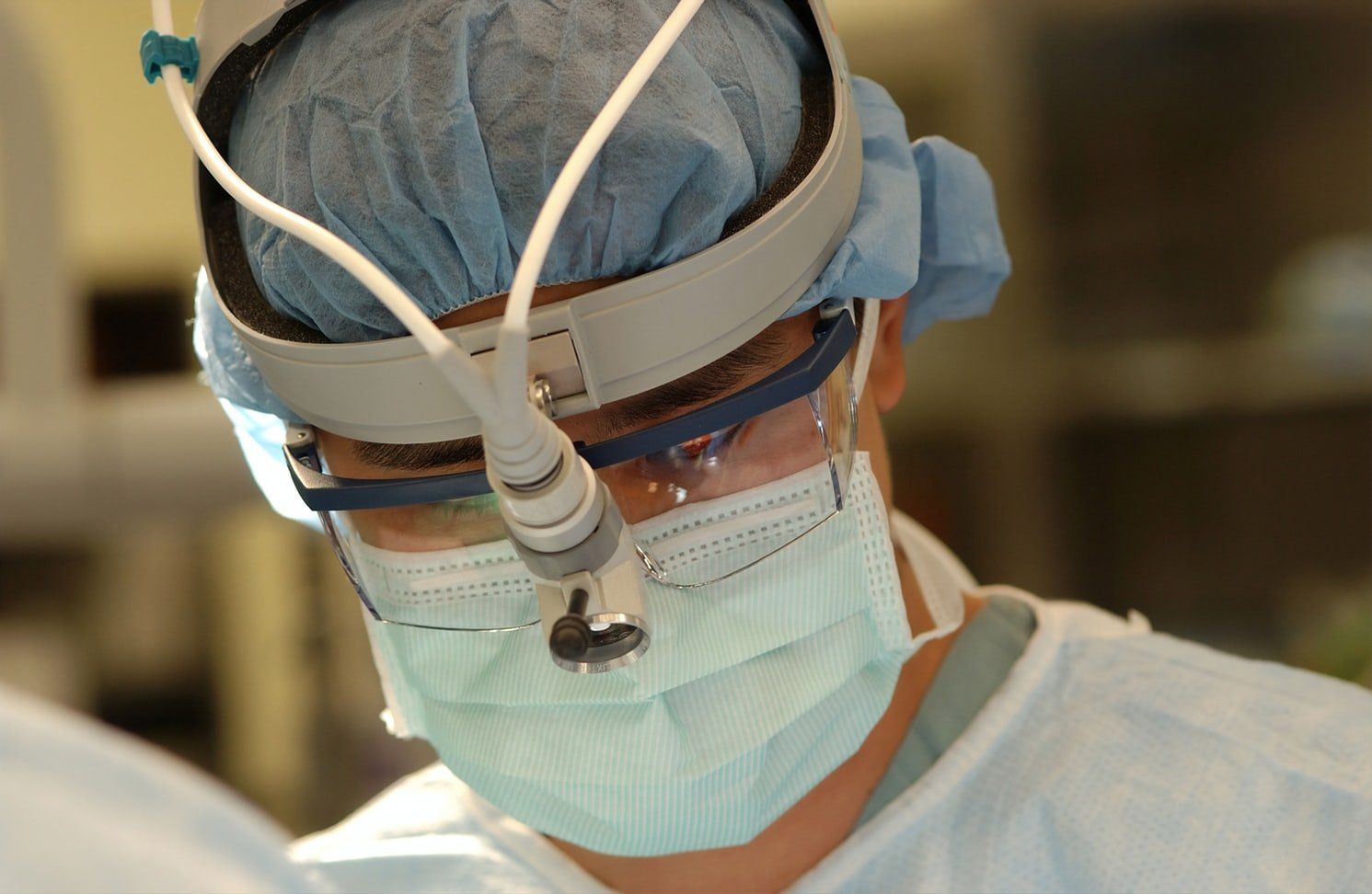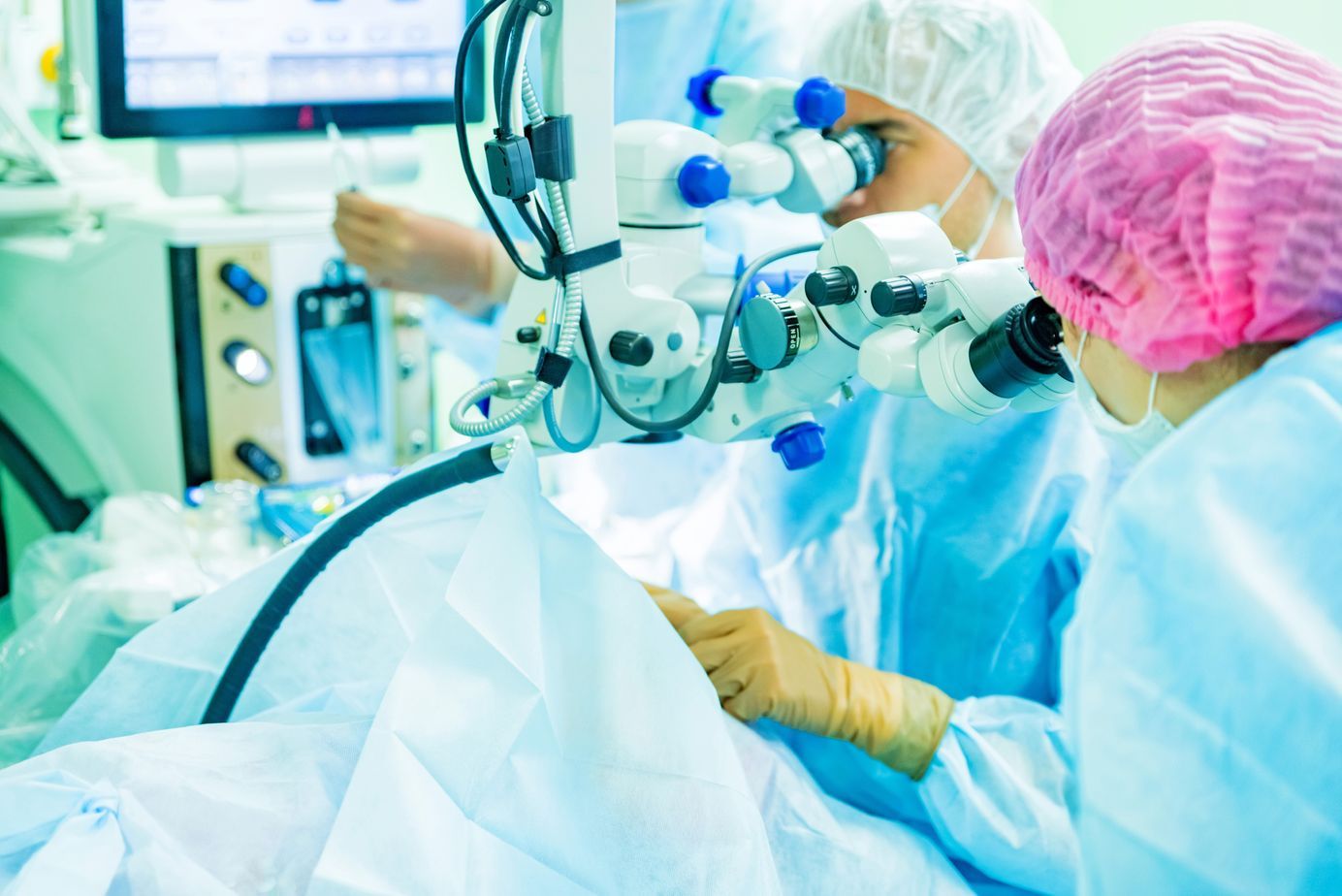Diagnostic Tools: An Overview on Endoscopic Ultrasounds
Doctors use different diagnostic tools to help them determine a patient’s health. Ideally, patients prefer non-invasive procedures through medical imaging equipment like MRI or CT scans. However, some medical conditions require a more direct approach for detection and treatment. This is the case when biopsies or direct imaging are necessary to confirm a diagnosis.
Through an Endoscopic Ultrasound (EUS), patients are probed with specialized endoscopes to determine different complications surrounding their pancreas, liver, and even bile ducts. This is because the endoscope contains a light, camera, and ultrasound transducer to perform diagnostic procedures inside a person. EUS is a middle ground between open surgery and lab testing, which can help people with various medical conditions regarding gastrointestinal and lung diseases.
The Necessity of an Endoscopic Ultrasound
Endoscopic ultrasounds (EUS) are performed on patients that show signs of abdominal pain or fecal incontinence. Additionally, diseases concerning the pancreas and bile ducts are diagnosed through an EUS. EUS is also effective in determining different stages of cancer affecting the pancreas, liver, lungs, stomach, and esophagus.
Besides diagnostic purposes, an EUS can also be useful for other medical procedures. With the channel within the probe, instruments can be passed through to perform procedures like draining fluid taking biopsies. Doctors use this channel to inject medication, drain cysts, or unblock bile ducts inside a patient without the need for surgery.
The Preparation for an Endoscopic Ultrasound
A patient can receive either a lower or upper EUS, depending on their medical condition. An Upper EUS requires the patient to have an empty stomach beforehand. This means they cannot eat or drink the night before their procedure. Additionally, patients are advised to stop taking blood-thinning medication. For this reason, some patients may receive additional instructions regarding their fasting period.
A lower EUS will also require fasting before the day of the procedure. Additionally, a patient must undergo a bowel cleansing preparation or take an enema. This is a similar preparation for a colonoscopy.
After arriving at the endoscopy center, a patient will enter a pre-procedure area to change into a gown. Afterward, they must be given an intravenous line and wait until they are sent to the procedure room. From there, the patient will be placed under monitoring equipment and be promptly sedated.
The Risks of Receiving an Endoscopic Ultrasound
The potential risks of undergoing an EUS will depend on its point of entry. Some patients may develop a mild sore throat, while others report symptoms of bleeding or inflammation. Besides the physical presence of the endoscope, patients may also experience aspiration or adverse reactions to medication applied.
Minor symptoms tend to go away over time and can be assisted with light pain medication or antibiotics. However, it may be necessary to receive treatment through endoscopy or surgery for major concerns.
Conclusion
The human body can be host to a wide range of medical conditions developed through different causes. Whether an illness is due to a hereditary condition or poor lifestyle decisions, it’s vital to receive a specialist for the affected body part or organ system. The only way to receive a professional assessment through an EUS is by looking for professional endoscopists and gastroenterologists. They have the right training to give you an accurate diagnosis of your gastrointestinal or lung-related conditions.
With access to groundbreaking clinical trials performed daily, Dr. Michel Kahaleh and his team of Gastroenterologists ensure exceptional quality services to all their patients. If you need to receive an
endoscopic ultrasound in New Brunswick, NJ, contact us today at (732) 724-0778.

